Use controls above or click here to open this Hometown Heroes podcast in a new window
94-year-old Ralph Rush of Hughson, CA appears on episode #454 of Hometown Heroes, airing January 13-15, 2017. The first concentration camp liberated by Americans was Ohrdruf on April 4, 1945. Ralph was part of the reconnaissance patrol that first came through Ohrdruf’s gates, and he’ll share his unforgettable encounter with one of the camp’s Jewish prisoners.
“We were sent out on patrol one morning, very early,” you’ll hear Rush recall. “We were told we might find something special, but we didn’t know what it was for sure.”
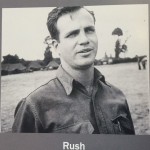
Leading a squad of six men in jeeps, and accompanied by a tank, Rush headed toward coordinates that had been provided from aerial reconnaissance. As the group got closer, they could see a large, fenced in area atop the hill, and headed toward it. They heard a few gunshots as they approached, and when Rush became the first man through the gate, he realized those shots had killed the six men that lay in front of him. Three of them were Americans who had apparently been captured and then executed. Not knowing what they were up against, Rush divided his team into tandems, which broke off to investigate portions of the camp. Among the horrific realities that confronted them was an incineration in progress. Bodies were being burned, with many more on the way to that fate.
“They had been gassed or poisoned, and their bodies were put in railcars,” Rush explained. “Full, absolutely right to the brim. Boxes of bodies.”
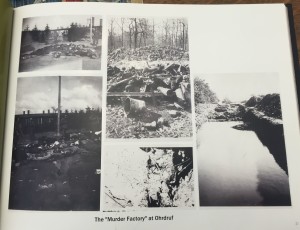
Given how small their group was, there was concern that they could be outnumbered by remaining German forces and be in danger. As they tried to fathom the magnitude of the inhumanity, a Polish man who had been imprisoned there approached them. Fighting through the language barrier with hand gestures and a recognizable word here and there, the prisoner explained that some of the captors were disguising themselves in inmates’ clothing in an effort to escape. He was asking for a pistol and ammunition, leaving Ralph with a weighty decision to make.
“I made the decision based on my hunch that he was right,” you’ll hear Rush recall. “So I gave him a gun, gave him some ammunition.”
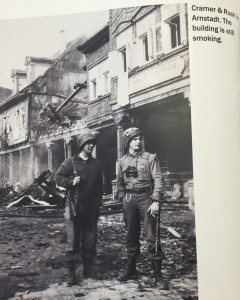
Soon, the Americans heard shots ring out again, as the prisoner chased down some of those who had carried out the extermination campaign at Ohrdruf. Later, the man returned, crying. He had used every bullet he could find. He offered Rush a silver watch with a long chain as a gesture of his gratitude. Ralph declined, but the man insisted he take it. Ralph intended to bring it back to the U.S., but it was stolen out of his bag before he returned from Europe. Unlike the watch, the images seared into his brain at Ohrdruf never left him.
“The thing that sticks with me more than anything, is the bodies that were being prepared for the burning,” Rush remarked. “There were so many of them, like you might see in a slaughterhouse.”
It was enough to turn his stomach, and Rush and his squad wished they could’ve arrived sooner, potentially sparing the lives of the men they found at the entrance. He couldn’t believe one person could do such a thing to another, he said, and was incredulous at the scale of the Holocaust when so many more camps were discovered and liberated after Ohrdruf. “It’s beyond comprehension,” he said. Once he found the courage to discuss what he had witnessed, he felt an obligation to share the story.
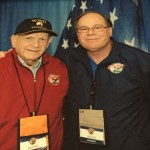
“The most important thing to me has been for people to find out and know for sure that this is what happened,” you’ll hear him say. “And we can’t stand to have it again.”
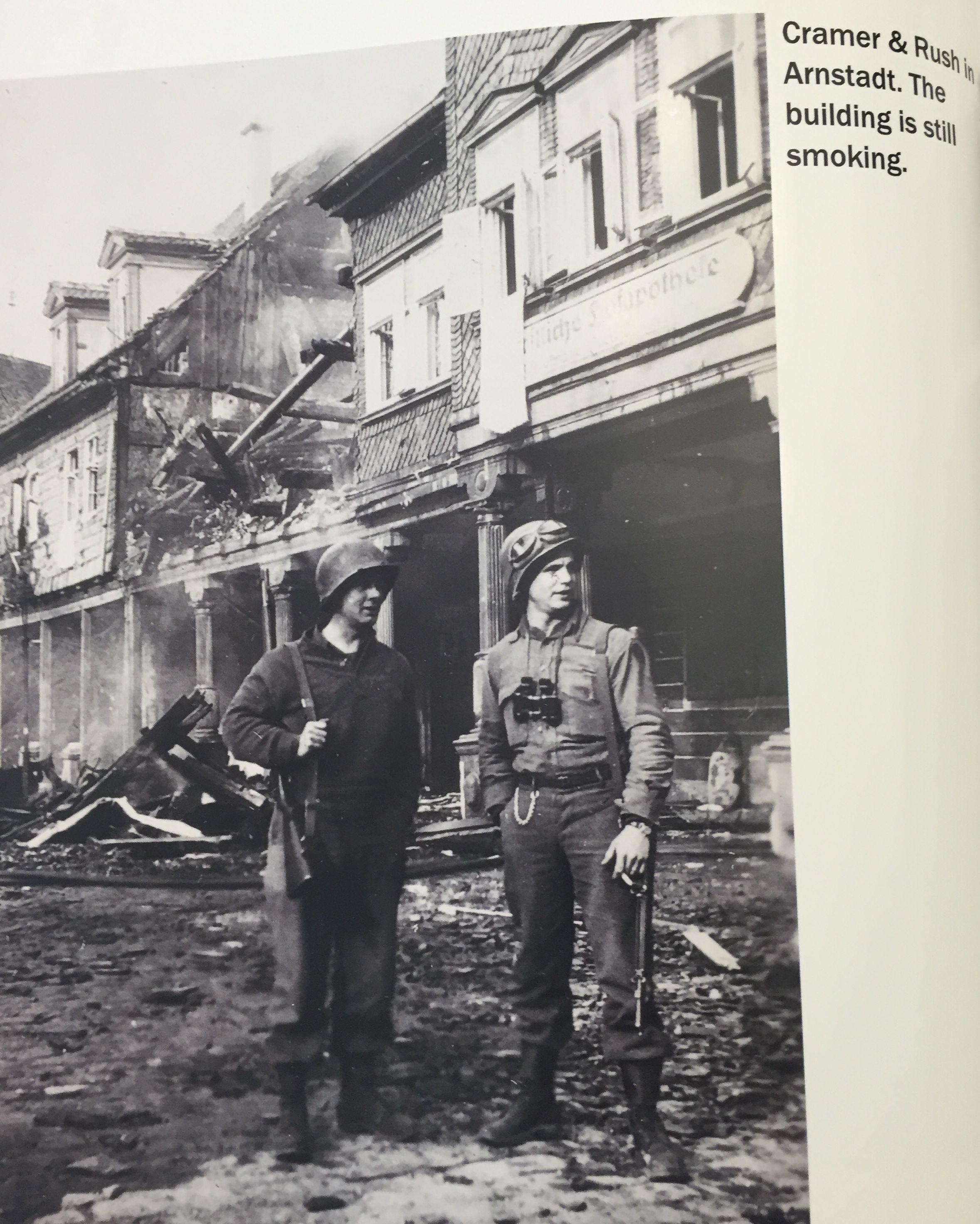
Leave a Reply